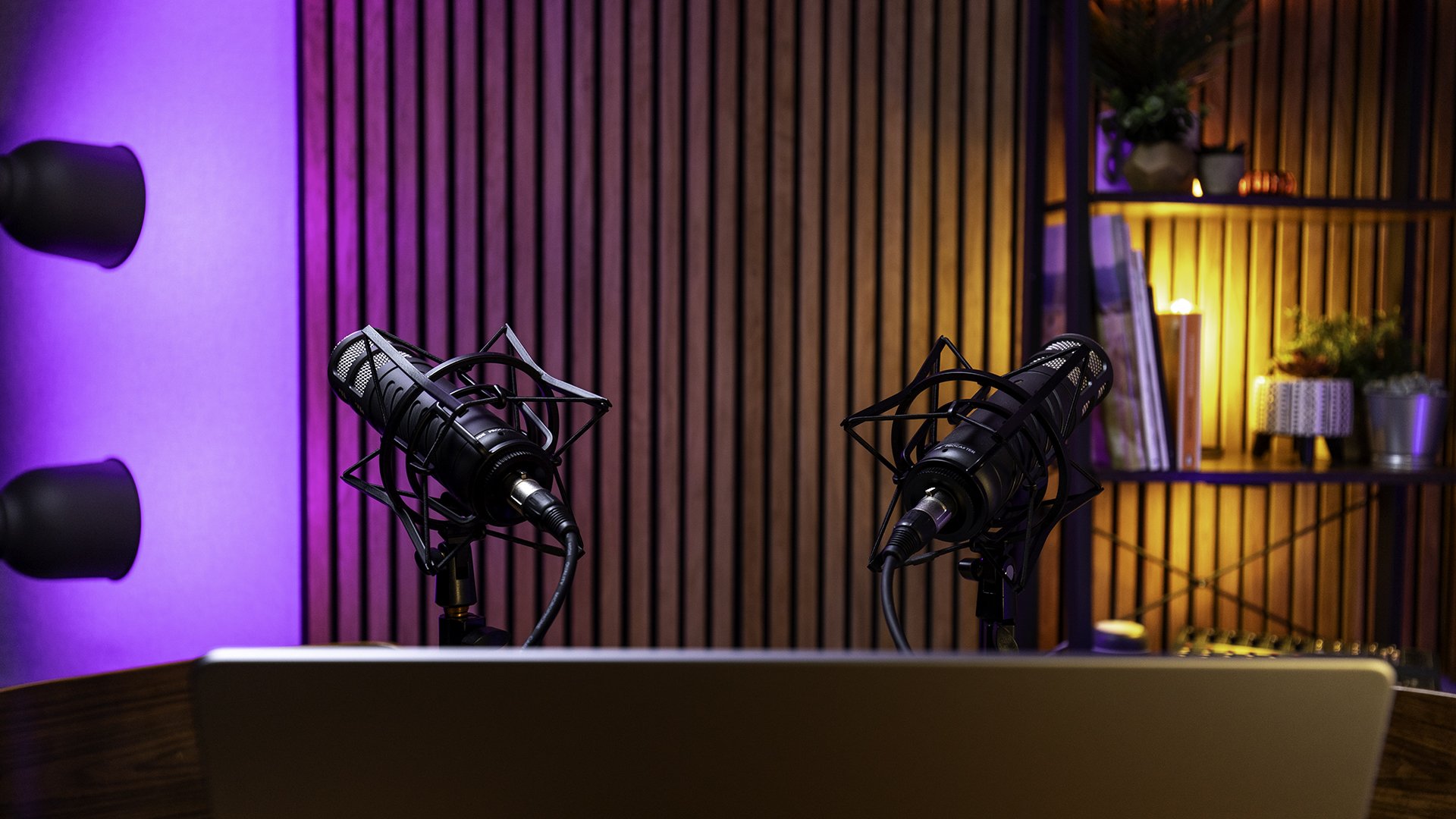Why Setting the Correct LUFs for Your Podcast is Crucial: A Guide for Podcasters
It’s one thing wanting to start a podcast, maybe buying a couple of mics from Amazon and sitting down to record something. Making sure your podcast sounds amazing, wherever it’s played, is another thing entirely.
That’s where the expertise we have at psg comes in. We’ve been producing podcasts for clients since 2005, and we’ve picked up some skills along the way.
One of them is making sure our clients’ podcasts will sound amazing when played on a TV, via Bluetooth in a car, or in earbuds at the gym. And a key component to that great sound is LUFs.
What is LUFS?
LUFS, or Loudness Units Full Scale, is a standardized measurement of audio loudness used in broadcasting, music production, and, increasingly, podcasting. Unlike traditional measures of volume, LUFS takes into account how humans perceive sound, providing a more accurate representation of how "loud" your podcast will sound to listeners. This is especially important because inconsistent loudness levels can lead to a poor listener experience, causing frustration and potentially driving your audience away.
Why is Setting the Correct LUFS Important?
1. Consistency Across Platforms: Different platforms have different loudness standards. For example, Spotify recommends a target of -14 LUFS, while Apple Podcasts recommends -16 LUFS. Setting the correct LUFS ensures that your podcast sounds consistent across all platforms, preventing issues where your podcast might sound too quiet on one platform and too loud on another.
2. Improved Listener Experience: A podcast with the correct LUFS level provides a smooth listening experience. If your audio is too loud, it can cause listener fatigue, leading people to tune out. On the other hand, if it's too quiet, listeners may have to constantly adjust the volume, which can be just as frustrating.
3. Professional Sound Quality: Maintaining the correct LUFS is a hallmark of professional audio production. It shows that you care about the quality of your content and are committed to providing the best possible experience for your listeners. This attention to detail can set you apart from the vast number of podcasts available today.
Tools Required to Adjust LUFS
Fortunately, you don't need to be an audio engineering expert to adjust LUFS levels. There are several tools available that can help you achieve the correct loudness for your podcast:
1. DAWs (Digital Audio Workstations): Most DAWs, such as Adobe Audition, Audacity, and Logic Pro, come equipped with tools for measuring and adjusting LUFS. These programs allow you to normalize your audio to the desired loudness level.
2. LUFS Meters: Plugins like iZotope Insight, Waves WLM Plus, or the Youlean Loudness Meter are specifically designed to measure and adjust LUFS. These plugins can be used within your DAW to ensure your audio meets the required standards.
3. Online Services: For those who prefer not to handle the technical side themselves, there are online services like Auphonic that automatically adjust the loudness of your podcast to the correct LUFS. These services can be a convenient option if you're looking to save time.
Why Trusting a Professional Studio Like Podcast Studio Glasgow is the Way to Go
While the tools mentioned above are invaluable, they come with a learning curve. Achieving the perfect LUFS for your podcast is not just about having the right tools—it's about knowing how to use them effectively. This is where a professional studio, like Podcast Studio Glasgow, comes into play.
Book a session with us and we’ll get you sorted out.


